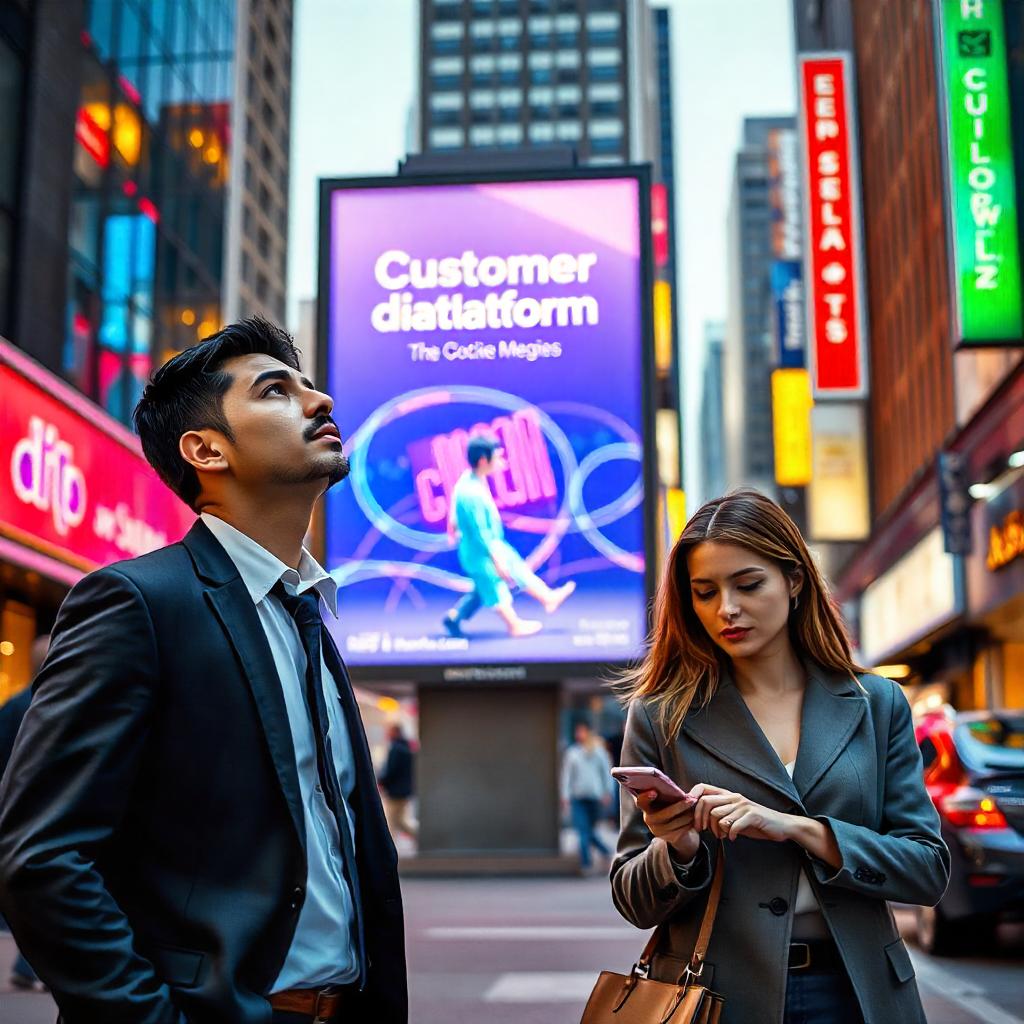Work From Home Jobs That Pay Well
Working from home has become increasingly popular, offering the flexibility to earn a good income without commuting. Whether you’re looking to transition to a remote career or supplement your income, there are plenty of high-paying work-from-home opportunities available. Here are some of the best remote jobs that pay well:
1. Software Developer
As a software developer, you can design, code, and maintain applications or websites for various industries. Software developers are in high demand, and many companies offer remote work opportunities. The job typically requires a degree in computer science or a related field, along with proficiency in programming languages like Python, Java, or JavaScript. With years of experience and specialized skills, software developers can earn a substantial income working from home.
Average Salary: $70,000 – $120,000 per year
2. Digital Marketing Manager
Digital marketing managers oversee online marketing strategies, including social media marketing, search engine optimization (SEO), email campaigns, and online ads. They ensure brands reach their target audience and achieve business goals through effective digital campaigns. With many businesses moving their operations online, digital marketing is a critical role, and experienced digital marketers can earn a high salary working remotely.
Average Salary: $60,000 – $100,000 per year
How to Earn Money Online – The Ultimate Guide to Financial Freedom!
3. Data Scientist
Data scientists analyze large amounts of data to help businesses make informed decisions. They use statistical techniques and machine learning algorithms to extract insights, predict trends, and improve business strategies. This high-demand role typically requires a strong background in mathematics, programming, and data analysis. Many companies offer remote data scientist positions due to the nature of the work, and salaries can be quite lucrative.
Average Salary: $80,000 – $130,000 per year
4. UX/UI Designer
UX/UI designers are responsible for creating user-friendly interfaces for websites and mobile apps. They focus on the design and overall experience of users to make sure digital products are easy to navigate and visually appealing. Skilled UX/UI designers can work remotely for various industries, including tech, e-commerce, and healthcare, and can command a high salary for their specialized skills.
Average Salary: $70,000 – $110,000 per year
5. Medical Coder
Medical coders convert healthcare providers’ diagnoses, procedures, and treatments into standardized codes for billing and insurance purposes. It’s a vital role in the healthcare industry, and with the increasing need for remote healthcare services, medical coding offers an excellent work-from-home opportunity. While certification may be required, the role offers good pay and flexibility.
Average Salary: $50,000 – $70,000 per year
6. Copywriter
Copywriters create written content for marketing and advertising purposes. They write website copy, blog posts, social media content, product descriptions, email newsletters, and more. Good copywriters are in high demand, and many marketing agencies and businesses hire remote copywriters. With experience, you can earn a lucrative salary as a freelance or full-time copywriter.
Average Salary: $50,000 – $90,000 per year
7. Virtual Assistant
A virtual assistant (VA) provides administrative support to businesses, entrepreneurs, and professionals remotely. VAs perform a variety of tasks, such as managing emails, scheduling appointments, handling customer service, and more. While many virtual assistants start with lower pay, experienced VAs offering specialized services can earn a high income, especially when working with multiple clients.
Average Salary: $40,000 – $70,000 per year
How to Earn Money Online – The Ultimate Guide to Financial Freedom!
8. Remote Sales Manager
Remote sales managers oversee sales teams and ensure sales goals are met. They handle client relationships, create strategies for growth, and may also manage a team of sales representatives. If you have strong communication skills and a background in sales, working as a remote sales manager can offer excellent pay and career growth opportunities.
Average Salary: $70,000 – $120,000 per year
9. Project Manager
Project managers oversee and coordinate projects from start to finish. They manage resources, timelines, budgets, and team members to ensure the successful completion of projects. Many industries, including construction, IT, and marketing, offer remote project management positions. With a background in management and excellent organizational skills, you can earn a good salary while working from home.
Average Salary: $60,000 – $100,000 per year
10. Online Tutor
If you have expertise in a specific subject, online tutoring can be a highly rewarding job that allows you to teach students remotely. Whether it’s helping students with schoolwork, preparing for exams, or offering specialized lessons in areas like languages or STEM subjects, online tutoring can be both fulfilling and lucrative. Platforms like VIPKid, Chegg, and Tutor.com offer opportunities to teach students from around the world.
Average Salary: $40,000 – $80,000 per year
11. Accountant/Bookkeeper
Accountants and bookkeepers can work remotely to help businesses manage their finances. Tasks include preparing financial statements, handling tax returns, and ensuring that financial records are accurate. Many small businesses and freelancers hire remote accountants and bookkeepers, making it a viable option for those with experience in finance and accounting.
Average Salary: $50,000 – $75,000 per year
How to Earn Money Online – The Ultimate Guide to Financial Freedom!
12. Graphic Designer
Graphic designers create visual concepts for websites, advertisements, logos, and other marketing materials. With a strong portfolio and proficiency in design software like Adobe Illustrator and Photoshop, you can work remotely as a freelance or full-time graphic designer. Many companies in industries like advertising, marketing, and media hire remote designers, making this a well-paying option for creative professionals.
Average Salary: $50,000 – $85,000 per year
13. Content Strategist
Content strategists plan, create, and manage content for websites, blogs, and other digital platforms. They work closely with marketing and editorial teams to ensure content aligns with business goals and audience needs. If you have experience in content marketing, writing, and SEO, this job can be a lucrative remote opportunity.
Average Salary: $60,000 – $95,000 per year
14. Legal Consultant
Legal consultants provide legal advice and support to businesses or individuals. While some legal consulting positions may require specialized knowledge and certifications, many companies hire remote legal consultants to handle matters such as contract review, compliance issues, and intellectual property law. This can be a highly lucrative career for experienced legal professionals.
Average Salary: $80,000 – $130,000 per year
15. Translator/Interpreter
If you’re fluent in more than one language, working as a remote translator or interpreter can be a profitable job. Many companies hire bilingual professionals to translate documents, interpret conversations, or provide written translations for various industries. The demand for translation services is growing, particularly for languages like Spanish, Chinese, and French.
Average Salary: $50,000 – $90,000 per year
16. Affiliate Marketer
Affiliate marketing involves promoting products or services for other companies and earning a commission on any sales made through your referral link. Many affiliate marketers earn a significant income by promoting products via blogs, social media, or YouTube. This is an excellent work-from-home opportunity with potential for passive income once you build an audience.
Average Salary: $40,000 – $100,000+ per year
17. Online Health Coach
If you have a background in fitness, nutrition, or wellness, you can become an online health coach. Many people are looking for guidance on improving their health and wellness, and a health coach can provide personalized coaching through video calls, emails, or other digital platforms. This is a great job for individuals passionate about helping others live healthier lives.
Average Salary: $50,000 – $90,000 per year
These work-from-home jobs offer the potential for high earnings and flexibility, depending on your skills, experience, and dedication. Many of these roles also offer opportunities for growth and advancement as you build your expertise.









